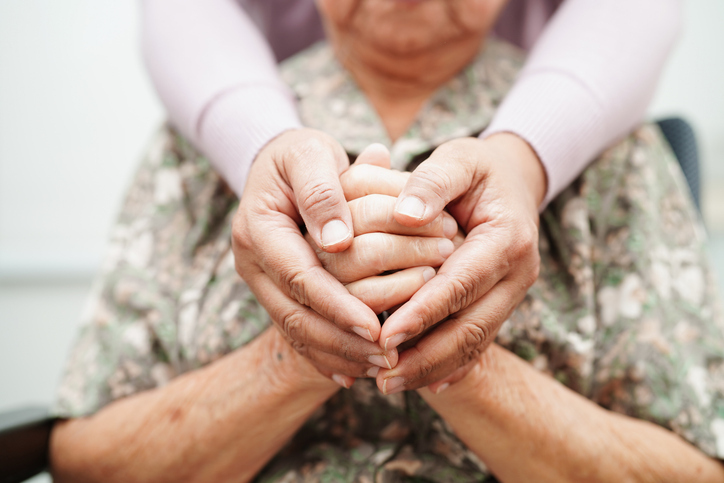By DANIELA J. LAMAS, M.D.

One recent night I was asked to declare the death of a woman I had never met.
“Ms. L. passed,” the nurse said. “Could you pronounce her?”
The online medical record told me that she was 32 years old, one year younger than me. She had been in the hospital for months with leukemia that had progressed despite every possible chemotherapy regimen and a failed bone marrow transplant. And now someone needed to perform a death exam.
Declaring death is not technically hard but it is weird and sad and requires reams of paperwork. It is usually done by an intern, but my intern was busy so I said I would do it.
The first time I declared a patient dead was nearly six years earlier. I had been a doctor for a few months when I was summoned overnight with a page that told me that my patient’s heart had stopped. When I got to his room I was out of breath and his nurse smiled at me and told me that there really wasn’t urgency; he wasn’t going anywhere.
It was only when I walked into the room and saw my patient still and utterly silent, his tired family sitting around the bed, that I realized no one had ever told me precisely how to declare death. I wished I could come back later, but it didn’t seem right to leave him there, so I thumbed through my pocket-sized intern survival guide. The manual was alphabetized, and the discussion about declaring death came somewhere before a section on diabetes management.
The instructions were clear and began with the directive to express sympathy. I turned to the family to tell them how sorry I was. Listen for heart sounds and watch to see if the patient is breathing. I placed my stethoscope on the patient’s still chest and waited, watching for him to take a breath, and wondering what I would do if I heard something. But there was nothing. Feel for a pulse. I placed my hand on his neck and there was not even a quiver. And that was that. He was dead.
I looked at the clock and spoke the time out loud and said I was sorry again. And then I left the room.
Later I would face the inevitable pile of paperwork, which one hospital I worked at labeled the “Final Discharge Packet,” and another, in bold letters on a red binder, the “Death Binder.” That was followed by calls to admitting to report the death, minutes that felt like hours on hold with the medical examiner, death certificates returned to me because I had signed on the wrong dotted line. By the end of my intern year, one of the worst parts of having a patient die was those bureaucratic forms and phone calls.
Now, years later, I paused outside the room of Ms. L. before pulling back the curtain.
Until then, most of the patients I had been called to declare looked much as they did in life, only vacant. But this woman had been destroyed by illness. She was bald and yellow and bloated. She must have suffered. I took out my stethoscope as I had learned to do, rested it on her chest and listened to the silence that had taken the place of her heartbeat. I laid my fingers on her neck and there was no pulse. I looked up at the clock and said the time out loud.
As I turned to leave, I couldn’t help but note the wall of cards and photographs next to her hospital bed. She must have run a marathon to raise money for cancer research, for one photo captured her healthy and smiling, arms lifted victoriously as she crossed the finish line. Someone who loved her must have been there, waiting to take that photo.
“She must have been cool,” I said to her nurse. “I bet I would have liked her.”
“She was awesome.”
No one spoke. Two nurses gently pulled out the intravenous lines that had once run antibiotics and fluids into her veins and, one by one, removed the stickers on her chest that had recorded her heartbeat. One of the nurses paused and caught my eye.
“It’s so humid out,” she said. “How do you keep your hair from getting frizzy in this humidity?” I had showered just before my shift, I told her, and then I had come right to work so I hadn’t been outside much. When I caught a glimpse of myself in the mirror, my hair didn’t even look that good.
And then, because I didn’t know what else to say in front of this 32-year-old woman I would never meet, I offered only: “You know, I’ve always wanted to run a marathon.”
I left the room to begin the paperwork .
Source: nytimes.com





